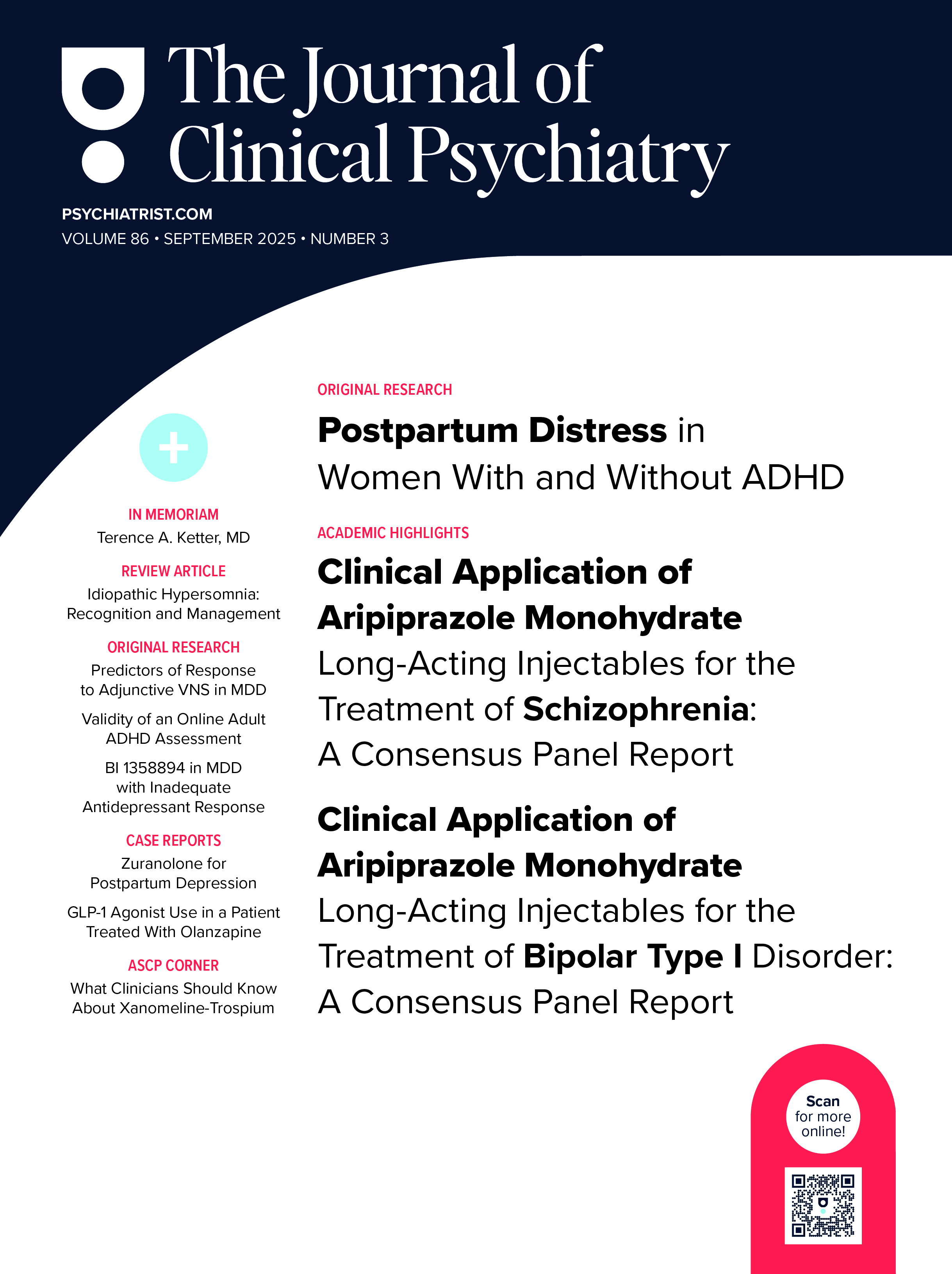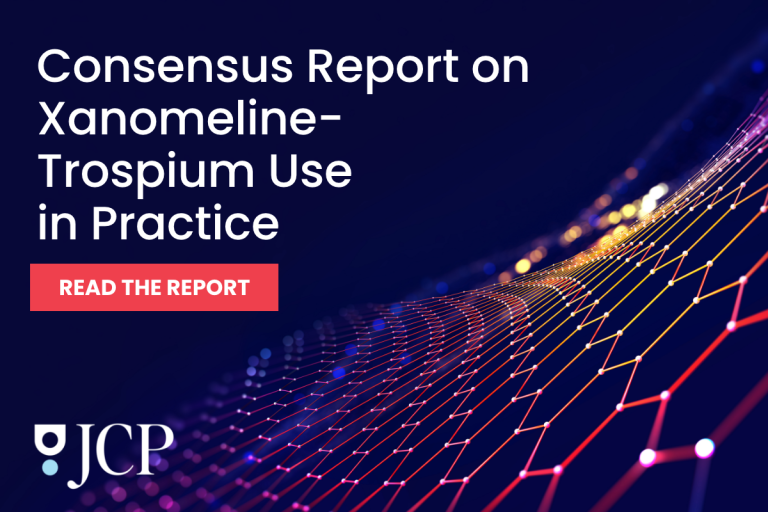Objective: Clozapine’s association with agranulocytosis led to the implementation of stringent and mandatory hematologic monitoring guidelines in most countries. Although other hematologic aberrations such as eosinophilia and neutropenia have been previously described, clozapine’s impact on the erythroid lineage has not been studied. There is a suspicion that a higher rate of anemia is observed in patients receiving clozapine; therefore, we hypothesized that there would be a higher rate of anemia in patients receiving clozapine therapy.
Method: All individuals initiated on clozapine at our center from 2009 to 2010 were recruited. Information on age, gender, medical comorbidities, and smoking status was extracted from the medical records. Data from complete blood counts over a 2-year follow-up period were extracted, with anemia defined as a hemoglobin value below 120 g/L for women and 130 g/L for men. Time to anemia event was calculated and Cox regression was employed to identify predictors of anemia.
Results: We found a high incidence of anemia in the first 2 years following clozapine initiation; of the 94 individuals (68 men, 26 women) recruited, 23 (24.5%) developed anemia. Higher baseline hemoglobin level (hazard ratio [HR] = 0.86, P = .002) and smoking status (HR = 0.21, P = .021) were identified as significant protective factors against anemia in men but not in women (HR = 0.92, P = .184, and HR = 0.52, P = .467 for baseline hemoglobin and smoking, respectively).
Conclusions: Although smoking appears to lower the risk of anemia, we believe this is due to smoking’s up-regulation of hemoglobin levels. Further studies are warranted in light of the present findings; for example, we cannot exclude the possibility that anemia was an epiphenomenon, characterizing instead a population with severe mental illness.
Members Only Content
This full article is available exclusively to Professional tier members. Subscribe now to unlock the HTML version and gain unlimited access to our entire library plus all PDFs. If you’re already a subscriber, please log in below to continue reading.
Please sign in or purchase this PDF for $40.00.
Already a member? Login



